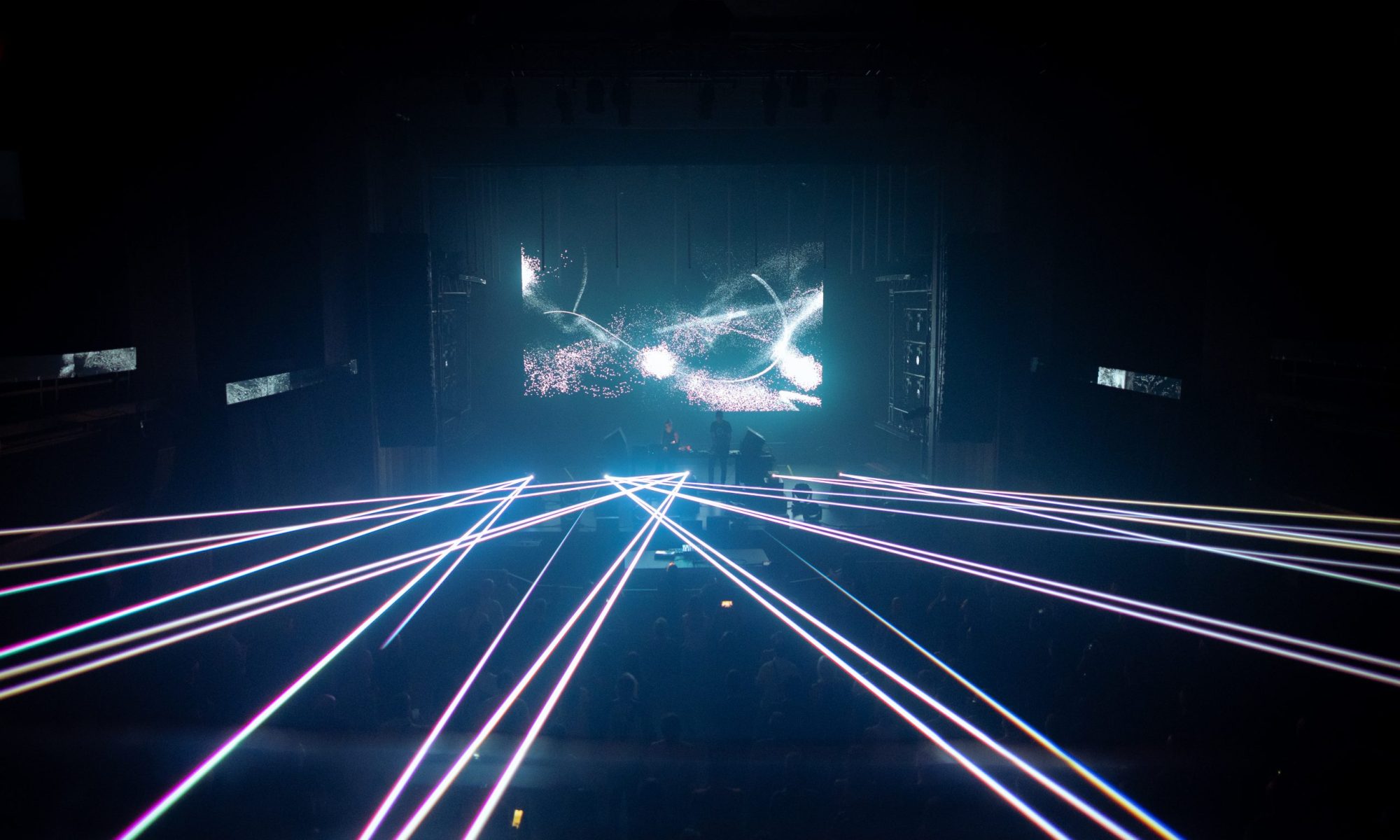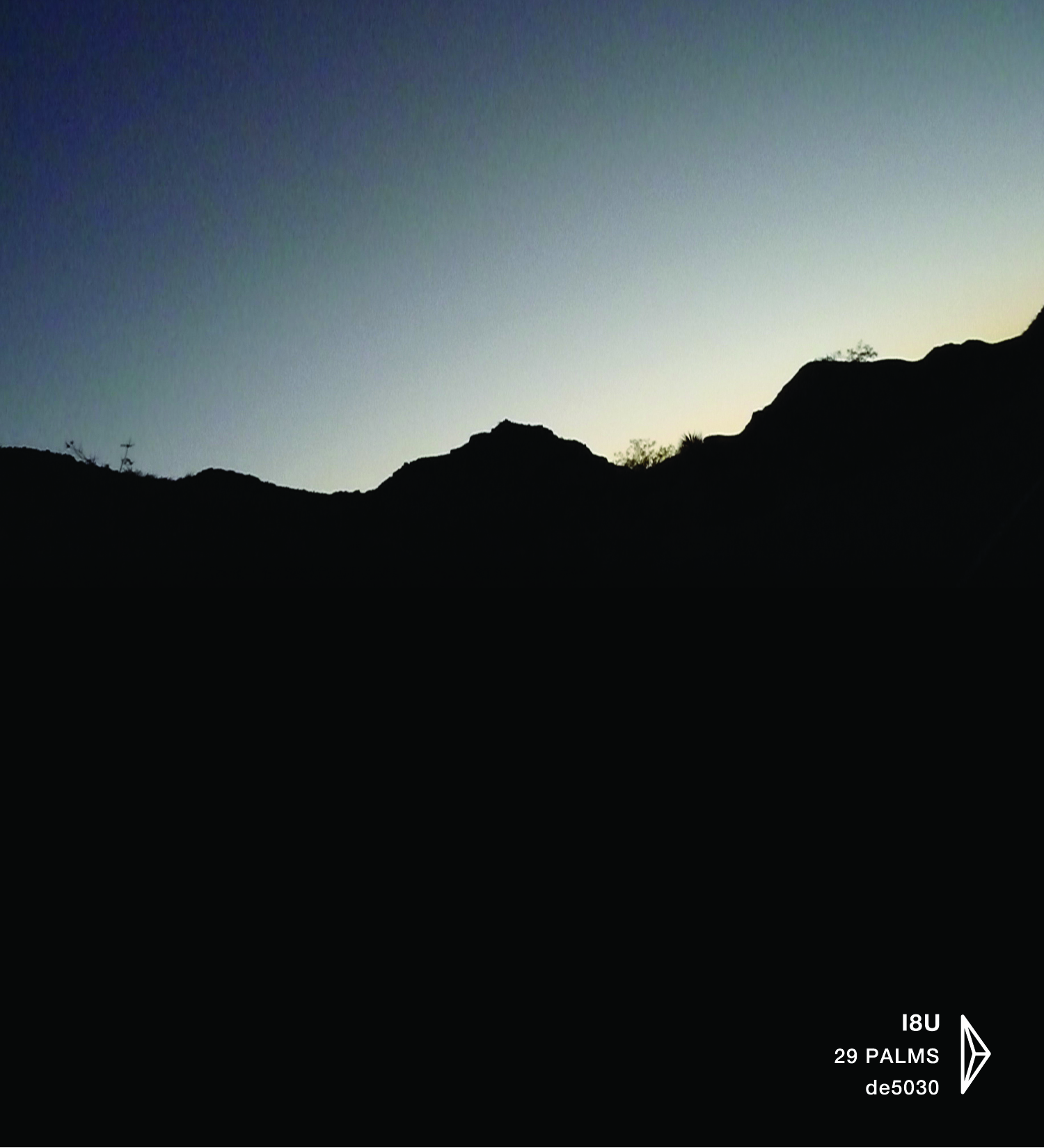Mirror Neurons on DER
CD + Digital – 500
Release Date April 21, 2015
Cover xx+xy visual
Bonus Video
All orders through DER’s Bandcamp will receive an excerpt of Mirror Neurons.
Visuals : xx+xy visuals
Sound : France Jobin and Fabio Perletta
“‘Mirror Neurons’ explores the artists’ interest in intersection between science and art, as well as the infinitely small and invisible”. Fragmentos microscópicos dispersos en una gráfica invisible, puntos aislados dispuestos sobre planos ubicados en espacios quietos. La música también es silencio, o al menos una aproximación a él, ruido estático que parece establecerse en un mismo lugar. Sin embargo, ese silencio es en realidad millones de fracciones en movimiento, trozos de sonido que se intersectan en líneas cruzando los diferentes puntos cartográficos. Lo que era vacío es en realidad una infinidad de matices del sonido, múltiples formas auditivas que representan las muchas variables de la composición acústica. Una de las últimas ediciones físicas de Dragon’s Eye es un encuentro entre dos creadores que comparten visiones sobre el sonido, apreciaciones sobre las manifestaciones auditivas que emergen desde ángulos apartados de la estridencia, visiones plasmadas en sus respectivos cuerpos creativos.“France Jobin es una artista sonora y de instalaciones, compositora y curadora residente en Montreal, Canadá. Su arte auditivo puede ser calificado como ‘esculturas de sonido’, revelando un acercamiento minimalista a complejos ambientes sonoros, donde intersectan lo análogo y lo digital. Sus instalaciones expresan un camino paralelo, incorporando tanto elementos visuales como musicales inspirados por la arquitectura de los espacios físicos”. Obras para nonvisualobjects, Room40, ATAK, Murmur. Sus tres trabajos bajo su nombre, posteriores a I8U, han sido revisados en este sitio: “Valence”(LINE, 2010) [184], “The Illusion Of Infinitesimal” (Baskaru, 2014) [326] y “Sans repères” (popmuzik records, 2014) [349]. El primero, donde “el volumen al que son reproducidas las materias de esta obra alcanzan niveles muy bajos, al límite de lo perceptible, y solo con una cuidada atención logran percibirse las ricas capas que quedan subyacentes a la aparente quietud… Se puede tanto escuchar como ver los sonidos que se desplazan a lo largo de los más de mil segundos de esta pieza que comienza a crecer lenta y paulatinamente, como partículas microscópicas que concentran masa y energía alrededor de su núcleo, hasta decantar en un resplandor incandescente, una eclosión tardía de estruendos contenidos. ‘The Illusion Of Infinitesimal’, estas composiciones de France Jobin conforman una enorme obra de ruido digital estático, la ilusión de la quietud en manchas minúsculas y notas que se desvanecen en el silencio”. El segundo, una preciosa obra de estruendos naturales,“fragmentos entrelazados creando un bucle interminable que termina por ser cubierto por la densidad desvanecida de las armonías sintéticas que se vuelven en superficies impolutas con pequeñas manchas de ruido, los restos del polvo estelar que cubren esta otra cara, la arena del río que traspasa la naturaleza fluvial hasta la naturaleza artificial. Al final solo quedarán los remanentes, partículas digitales que envuelven el terreno vectorizado… Sintetizando las bondades que presentaban sus creaciones anteriores, este trabajo utiliza como punto de partida unas grabaciones de las cuales solo quedan su materia más pura, una materia física que se convierte en una substancia intangible y una música de delicadeza variable. ‘Sans repères’, una obra surgida desde la belleza análoga que luego de un fascinante proceso desplegado por France Jobin culmina en hermosas piezas de ruido digital y notas transparentes”. Por su parte, Fabio Perletta, “artista sonoro y multimedia nacido en 1984 que vive y trabaja en Roseto degli Abruzzi, Italia. Sus trabajos incluyen música electrónica, instalaciones de luz y sonido, presentaciones en vivo y diseño gráfico. A través del uso de computador y software personalizados, la búsqueda sonora de Perletta explora la intersección entre áreas complementarias como la física, psicología y percepción humana”. Obras como “Field: Atom(s) Entropy” (Farmacia901, 2013) o “Liminality” (Dragon’s Eye, 2014) [354], este su primer trabajo para el sello de Los Ángeles, además de su trayectoria previa como Øe. Sin embargo hasta ahora sólo un álbum personal, el impecable “Interstitial Spaces” (Farmacia901, 2015) [310], “una estridencia oculta bajo una densa nube de electricidad, un extenso trabajo donde el desplazamiento de partículas adquiere formas intangibles y donde cada uno de los postulados que dirigen Farmacia901 cobran especial significado… Electrónica de una nitidez inquebrantable que emana de un centro de sonidos de pureza luminosa… Ciencia como música, música como ciencia. El eco del vacío reduce las notas a un esencialismo diáfano, una obra especialmente intensa dentro de su inmovilidad… Permanencia y quietud, una constante de notas débiles… La estridencia imperceptible de Fabio Perletta genera hermosos paisajes dentro de su estabilidad transparente y su estética del silencio”.
“Las neuronas especulares harán por la psicología lo que el DNA hizo por la biología”Vilayanur S. Ramachandran, neurocientífico. Como es habitual, inspirados por aspectos ajenos a la música, o quizá íntimamente ligados, France Jobin y Fabio Perletta elaboran un trabajo donde se encuentran ciencia y sonido. “Mirror Neurons” es la primera colaboración entre ambos creadores, trabajo de arte digital en el cual a partir de un concepto extraído de la neurociencia se generan impulsos auditivos de dimensiones ínfimas. Jobin y Perletta, desde la distancia, construyen piezas de electrónica minimalista en las que pequeñas señales producen una música aparentemente muda, largos desarrollos sostenidos en entramados de difícil aprehensión, lo que queda relegado de la confusión habitual. Grabado desde sus respectivos estudios, este álbum es una transformación continua de datos en intercambio, un flujo de pistas que termina por depurarse hasta quedar en prolongados registros de audio. Tal como sucede en sus trabajos particulares, la masa de estridencia que pudiera existir termina por ser absorbida como si fuese encerrada en una cámara hermética que amplifica de manera leve los golpes más mínimos. “Mirror Neurons” son respuestas sonoras a estímulos físicos. “Las neuronas especulares representan una distintiva clase de células que se activan tanto cuando un animal ejecuta una acción y cuando observa a otro individuo realizar la misma acción. Descubiertas por el neurofisiólogo italiano Giacomo Rizzolatti y su equipo en la Universidad de Parma mientras realizaban una investigación sobre la representación neuronal de los movimientos motrices de los monos, la precisa función e influencia de estas neuronas se ha vuelto uno de los más importantes temas en la neurociencia. Han sido relacionadas a muchas conductas y habilidades, desde la empatía a aprender a través de la imitación y el aprendizaje de un idioma, así como implicada en condiciones como el autismo y otros desórdenes cerebrales. Estos descubrimientos sugieren que el sistema de neuronas especulares juega un rol fundamental en nuestra habilidad para sentir empatía”. Actividad neuronal convertida en nervios eléctricos, transitando en curvas, líneas que emiten pequeños disturbios dentro de la horizontalidad. Jobin y Perletta fabricaron este álbum con diferentes rastros que luego atravesaron filtros, donde sólo aparecen unos atisbos al final del proceso.“Iniciado por los artistas sonoros France Jobin y Fabio Perletta, ‘Mirror Neurons’ es un proyecto de medios investigando la noción de empatía y distancias físicas. El álbum entero es el resultado de extensos archivos sonoros intercambiados entre Montreal (Canadá) y Roseto degli Abruzzi (Italia). Cada una de estas piezas está basada en ásperos archivos y su consecuente reelaboración, escuchando y reaccionando, procesando e imitando. El proceso en desarrollo ayudó a los artistas a encontrar inspiración en términos de estímulos para el acto de la composición en sí mismo en dos ciudades muy distantes, diferentes climas, zonas horarias y lenguaje. Como muchos de los trabajos recientes de Jobin y Perletta, ‘Mirror Neurons’ explora el interés de estos artistas en la intersección entre ciencia y arte, así como lo infinitamente pequeño e invisible. En orden a desarrollar el concepto de distancia / colectividad, los artistas visuales de Roma XX+XY se han involucrado en el proceso. Ellos crearon una multi-dimensional, visualización sonora generativa siempre cambiante a través del uso de texturas quietas y sutiles movimientos, enfatizando el lento sentido del tiempo de la obra misma. A pesar de ser presentada en vivo en un gran espacio, el video intenta crear un ambiente inmersivo y una ocasión única de reflexionar acerca del funcionamiento de nuestras emociones y la importancia de la interacción humana”. Parte de esa visualización realizada por xx+ xy queda plasmada en la portada de este disco, en esas estrías grises parte del diseño formal de Dragon’s Eye –existe un archivo de video, un extracto disponible en la red que muestra ese complemento de imágenes–. “Mirror Neurons” son tres piezas que en total suman cuarenta y seis minutos, cada una con formas particulares, todas parte de una misma forma. Sonidos unidireccionales que resaltan en fracciones eventuales, trazos extensos cubiertos de pequeños eventos que emergen de sus superficies planas. Encima de estructuras tendidas reposan pequeños objetos sonoros que despuntan como respuesta a un movimiento eléctrico que subyace a ellas, organismos biológicos que interactúan con entidades artificiales. Los tres paisajes al interior de esta obra nacen de estos archivos intercambiados entre Canadá e Italia, datos encriptados los que exploran las diferentes posibilidades del sonido, distintos matices del ruido que se desplazan siguiendo trayectorias rectilíneas. Microbios auditivos afloran desde “Parallel”, contaminando la pureza de sus tonos, disgregados en una luz incandescente, la misma que irradia “Reflection”, un reflejo de notas suspendidas y melodías ondulatorias. “Mimesis” parte de eventos inmóviles que se bifurcan en mareas inmutables, suma de decimales acústicos, tal como son cada segmento de estos diseños de sonido.
“‘Mirror Neurons’ explores the artists’ interest in intersection between science and art, as well as the infinitely small and invisible”. Líneas de estruendos de una pureza transparente, la unión de estos dos artistas ubicados en geografías diferentes da como resultado sonidos de hermosa austeridad auditiva. “Mirror Neurons” son directrices armónicas extendidas en un plano horizontal, interpoladas por fragmentos microscópicos. France Jobin y Fabio Perletta crean paisajes de minimalismo tonal, acústica celular en órbitas graduales.





